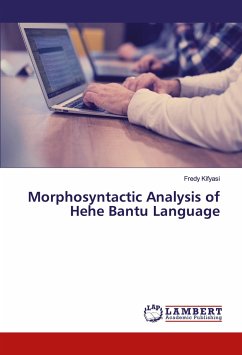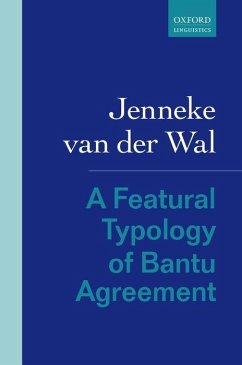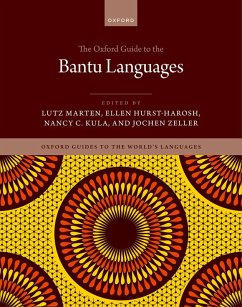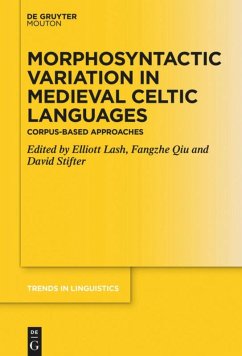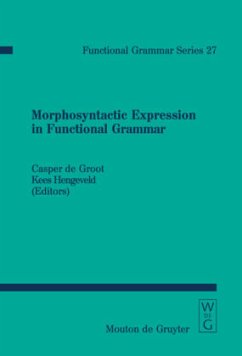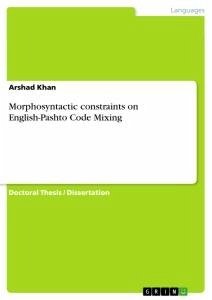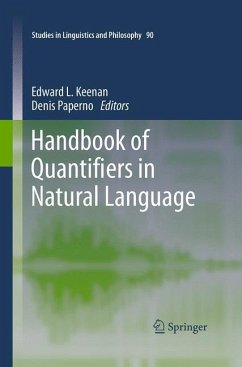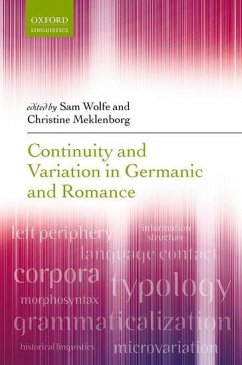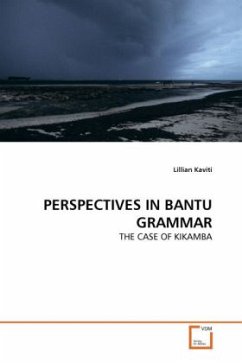
Gebundenes Buch
Morphosyntactic Variation in Bantu
Versandkostenfrei!
Versandfertig in über 4 Wochen

PAYBACK Punkte
68 °P sammeln!




This volume explores the rich and complex pattern of morphosyntactic variation in the Bantu languages. The chapters discuss data from some 80 Bantu languages as well as drawing on a wider comparative set of more than 200 languages, and address key questions in Bantu morphosyntax.
Eva-Marie Bloom Ström is Associate Professor in the Department of Philosophy, Linguistics and Theory of Science at the University of Gothenburg. Her research interests include information structure in languages with flexible sentence structure, such as the Bantu languages, as well as language description and documentation. She works primarily on languages of Tanzania and South Africa. Hannah Gibson is a Senior Lecturer in Linguistics at the University of Essex. Her research examines linguistic variation with a focus on the morphosyntax of Bantu languages of Eastern and Southern Africa. She works also on language contact, language change, and multilingualism. Rozenn Guérois is a Researcher at the LLACAN-CNRS and a Research Associate at the University of KwaZulu-Natal. Her research interests include the description of Bantu languages spoken in Mozambique, morphosyntactic variation, typology, and comparative and historical linguistics. Lutz Marten is Professor of General and African Linguistics at SOAS University of London. He is interested in linguistic theory, comparative and historical linguistics, and questions of language and identity. Most of his work focuses on African languages and he has carried out research in Eastern and Southern Africa.
Produktdetails
- Verlag: Oxford University Press
- Seitenzahl: 464
- Erscheinungstermin: 5. Februar 2025
- Englisch
- Abmessung: 237mm x 164mm x 30mm
- Gewicht: 943g
- ISBN-13: 9780198821359
- ISBN-10: 0198821352
- Artikelnr.: 69725457
Herstellerkennzeichnung
Libri GmbH
Europaallee 1
36244 Bad Hersfeld
gpsr@libri.de
Für dieses Produkt wurde noch keine Bewertung abgegeben. Wir würden uns sehr freuen, wenn du die erste Bewertung schreibst!
Eine Bewertung schreiben
Eine Bewertung schreiben
Andere Kunden interessierten sich für


